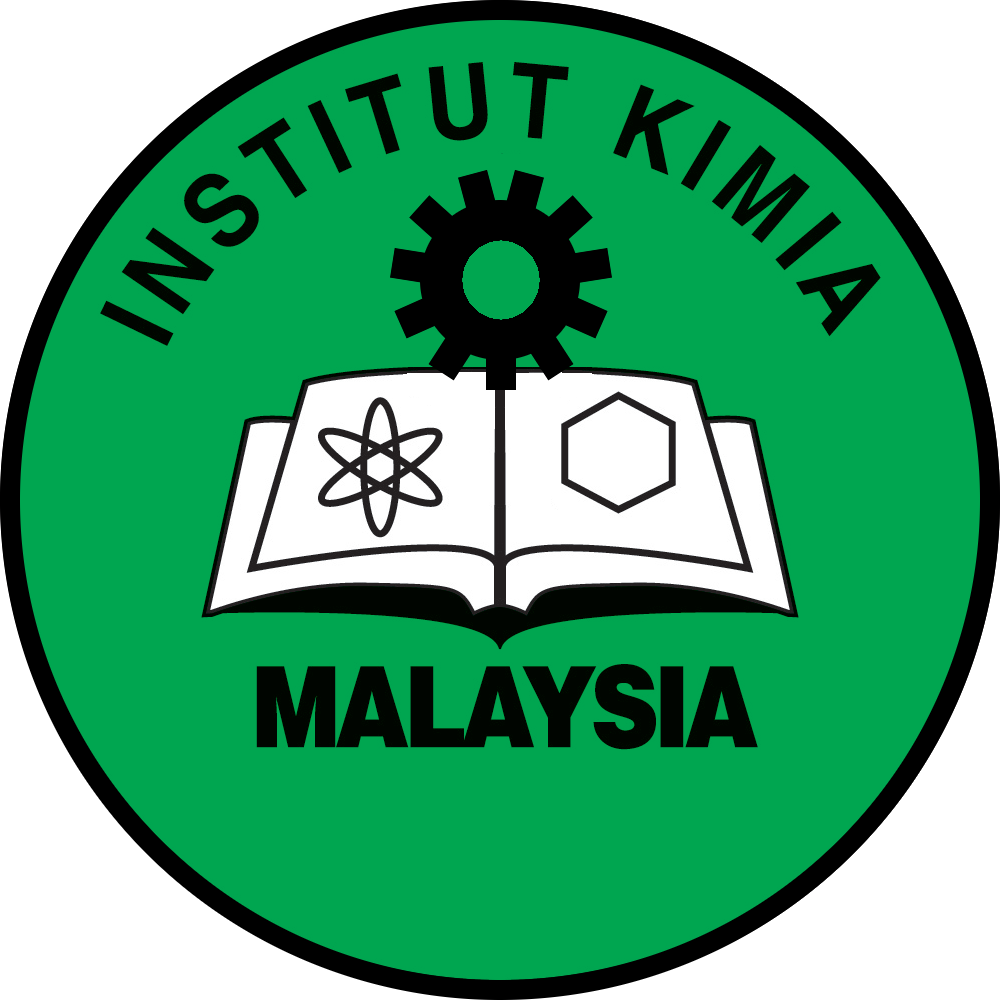Enhanced Photocatalytic Performance of TiO2/g-C3N4/Pt via in situ Synthesis for Visible Light-Driven
DOI: https://doi.org/10.55373/mjchem.v27i2.174
Keywords: Reactive red 4 dye; platinum; environmental remediation; electron-hole recombination; light-driven catalysis
Abstract
The increasing demand for efficient photocatalysts in environmental remediation and renewable energy has led to the exploration of advanced materials. This study focused on developing an efficient TiO2/g-C3N4/Pt photocatalyst through in situ synthesis for enhanced photocatalytic performance. Characterization techniques including XRD and FTIR confirmed the presence and combination of TiO2 and g-C3N4. FESEM analysis revealed a well-dispersed distribution of Pt nanoparticles on the surface of TiO2/g-C3N4/Pt. The TiO2/g-C3N4/Pt photocatalyst demonstrated excellent diffuse reflectance spectra (DRS) performance attributed to the surface plasmon resonance (SPR) of Pt particles which extended its absorption range into the visible light spectrum. Photoluminescence (PL) studies indicated a reduction in electron-hole recombination, particularly in the in situsynthesized samples. In the photocatalytic experiment, results showed that TiO2/g-C3N4/Pt (1%) of the in situ method displayed a higher photocatalytic activity than TiO2 and g-C3N4 as individual photocatalysts for the degradation of reactive red 4 (RR4) dye over 20 min. These findings indicate that the synthesis of Pt with TiO2/g-C3N4 using the in situ method has significantly improved the overall optical, chemical, and physical properties of the photocatalyst.
